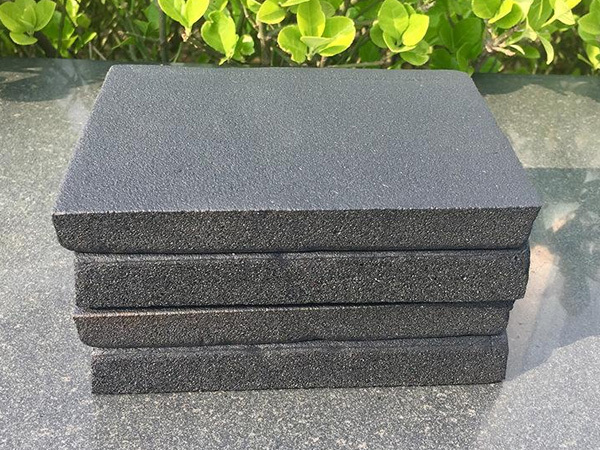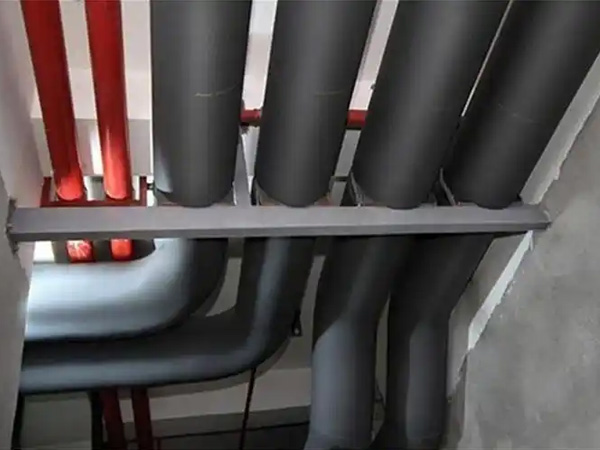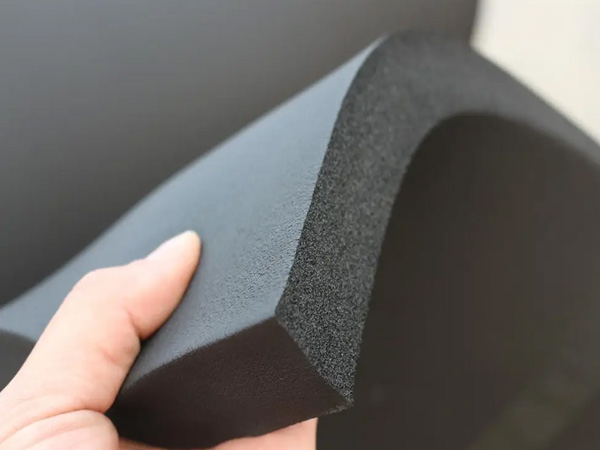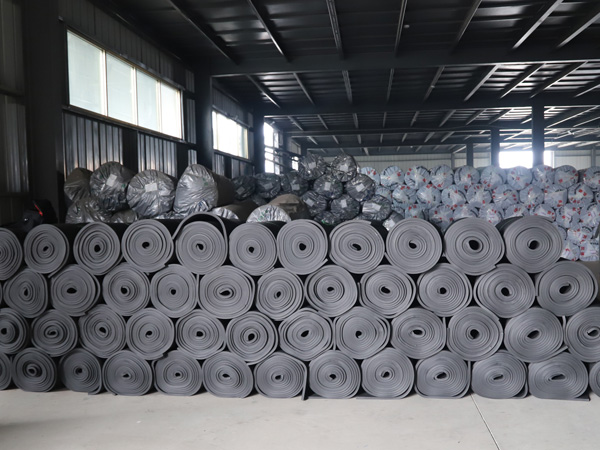Issues Caused by Non-Uniform Density in Phenolic Foam Boards
2025-06-18 14:55:17
Issues Caused by Non-Uniform Density in Phenolic Foam Boards
Non-uniform density in phenolic foam insulation panels can lead to several technical and performance problems, particularly in construction and renovation projects. Here are the key issues:
1. Structural Integrity and Mechanical Weakness
Reduced Compressive Strength: Low-density areas may deform under load (e.g., foot traffic, wind pressure, or stacked materials), leading to permanent indentations or collapse in extreme cases.
Cracking & Delamination: Weak spots are prone to cracking during handling, installation, or thermal expansion, especially if bonded to rigid substrates (e.g., concrete, metal).
Poor Fastener Retention: Screws or anchors may loosen in low-density zones, compromising cladding or façade stability.
2. Thermal Performance Degradation
Inconsistent Insulation: Low-density regions have higher thermal conductivity (lower R-value), creating localized "cold bridges" that reduce overall energy efficiency.
Uneven Heat Distribution: In high-temperature applications (e.g., industrial insulation), density variations cause uneven heat resistance, risking premature failure.
3. Moisture and Durability Issues
Water Absorption Variability: Less dense areas absorb more moisture, leading to:
Swelling/warping in humid environments.
Frost damage in cold climates (freeze-thaw cycles).
Corrosion of embedded metal components (e.g., fasteners, studs).
Accelerated Aging: Low-density zones degrade faster under UV exposure or chemical contact (e.g., alkalis in renders).
4. Fire Safety Risks
Inconsistent Fire Resistance: Denser regions may meet fire ratings (e.g., Class B1/EN 13501-1), while low-density areas burn faster or emit more smoke.
Flame Spread Irregularities: Non-uniform combustion can complicate fire barrier effectiveness in compartmentalized designs.
5. Installation Challenges
Poor Adhesion: Adhesives/mortars bond unevenly, increasing delamination risks.
Cutting Difficulties: Density variations cause jagged edges during sizing, requiring extra labor for trimming.
Mitigation Measures
Quality Control: Demand factory certifications (e.g., density tolerance ≤10%) and on-site core sampling.
Handling & Storage: Avoid stacking unevenly to prevent permanent deformation.
Design Adjustments: Use high-density phenolic boards (≥50 kg/m³) for load-bearing applications.
For critical projects, consider infrared thermography to detect hidden density flaws post-installation.

OurFlame Retardant Rubber Foamis a premium closed-cell elastomeric insulation material engi...

OurRubber Pipe Insulationis a high-performance solution designed specifically for HVAC pipi...

Rubber Foam Insulation Sheet – Product Introduction Premium Flexible Insulation for Therm...

Specially engineered for refrigeration applications, ourElastomeric Rubber Insulationprovid...



